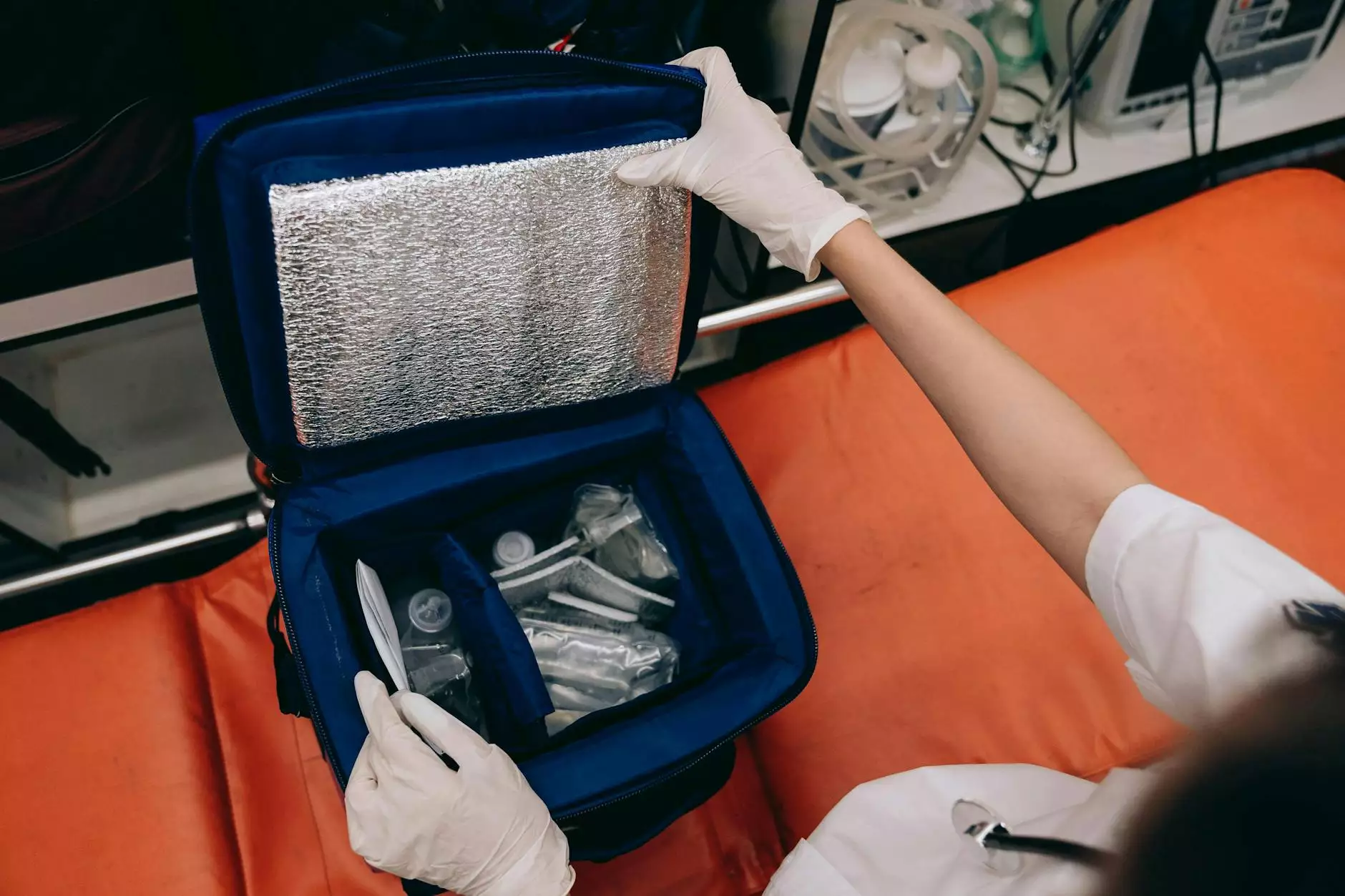Understanding Dark Spots on Skin Legs: Causes, Treatments, and Prevention

Dark spots on skin legs can be a source of concern for many individuals, particularly as they may affect self-esteem and overall skin health. These spots, often benign, can arise from a variety of factors and may indicate underlying medical conditions. In this comprehensive article, we will explore the various causes, treatments, and prevention strategies associated with dark spots on skin legs, equipping you with the knowledge to effectively address this skin concern.
What Are Dark Spots on Skin Legs?
Dark spots, also known as hyperpigmentation, manifest as areas of skin that appear darker than the surrounding skin. They can vary in size and shape and may develop on any part of the body, including the legs. These spots often arise due to an overproduction of melanin, the pigment responsible for skin color.
Common Characteristics
- Color: Usually brown, black, or gray.
- Shape: Can be round, oval, or irregular.
- Size: Varies from small to large patches.
- Texture: Usually flat but can sometimes be raised.
Causes of Dark Spots on Skin Legs
Understanding the root causes of dark spots on skin legs is crucial in determining the appropriate treatment. Several factors can contribute to this condition, including:
1. Sun Exposure
One of the primary causes of dark spots is prolonged exposure to the sun's harmful ultraviolet (UV) rays. UV radiation stimulates the production of melanin, leading to the formation of dark patches. Therefore, individuals who frequently expose their legs to the sun without proper protection are at a higher risk.
2. Hormonal Changes
Hormonal fluctuations, particularly during pregnancy or menopause, can lead to the appearance of dark spots. This condition, known as melasma, often presents as symmetrical dark patches on the face and can also appear on the legs.
3. Skin Injuries
Any trauma to the skin, including cuts, scrapes, or insect bites, may result in post-inflammatory hyperpigmentation. This reaction often leaves dark spots in the affected area as the skin heals.
4. Age and Genetics
As we age, our skin undergoes various changes, including a decrease in collagen production and an increase in melanin distribution. Genetic predisposition can also play a significant role in developing dark spots, with some individuals being more susceptible based on their family history.
5. Medical Conditions
Certain medical conditions, such as liver disease or Addison's disease, can manifest as changes in skin pigmentation. If dark spots on skin legs appear alongside other symptoms, it is essential to consult a healthcare professional.
Diagnosis of Dark Spots on Skin Legs
Diagnosing dark spots typically involves a thorough examination by a qualified dermatologist. The doctor may assess the spots' appearance, medical history, and any other symptoms you might be experiencing. In some cases, a skin biopsy or dermatoscopy may be recommended to rule out serious conditions.
Treatment Options for Dark Spots on Skin Legs
While many dark spots are harmless, treatment options are available for those who seek to reduce their appearance. The following methods have proven effective:
1. Topical Treatments
Over-the-counter creams containing ingredients such as hydroquinone, glycolic acid, or retinoids can help lighten dark spots by inhibiting melanin production. However, these treatments require consistency and patience, as results can take weeks to months to appear.
2. Chemical Peels
A chemical peel involves the application of a solution that exfoliates the top layers of skin, promoting new, healthier skin growth. This treatment can effectively reduce dark spots and improve skin texture.
3. Laser Therapy
Laser treatments target pigmentation in the skin using concentrated light energy. This method can effectively diminish dark spots, although multiple sessions may be required for optimal results.
4. Microdermabrasion
This non-invasive procedure uses tiny crystals to exfoliate the skin and improve its overall appearance. This can help to lessen the visibility of dark spots on skin legs.
5. Cryotherapy
Cryotherapy involves using extreme cold to freeze and remove dark spots. This method can be effective for more prominent lesions, but it must be performed by a trained professional.
Natural Remedies for Dark Spots on Skin Legs
For those who prefer natural solutions, several home remedies may help lighten dark spots:
- Lemon Juice: The acidic nature of lemon juice can help bleach dark spots. Apply it to the affected area and leave it for 20 minutes before rinsing.
- Aloe Vera: Known for its soothing properties, aloe vera can also lighten pigmentation. Apply fresh aloe vera gel to the spots regularly.
- Apple Cider Vinegar: A mixture of equal parts apple cider vinegar and water can be applied to dark spots. Its acetic acid content aids in skin lightening.
- Sandalwood Paste: Sandalwood has been used for centuries for its skin benefits. Create a paste with sandalwood powder and water, apply it to the dark spots, and leave it for an hour before rinsing.
Preventing Dark Spots on Skin Legs
Prevention is key when it comes to managing dark spots. Here are some practical tips to protect your skin:
1. Use Sun Protection
Apply a broad-spectrum sunscreen with an SPF of at least 30 to your legs before going outdoors, even on cloudy days. Reapply every two hours and after swimming or sweating.
2. Wear Protective Clothing
Consider wearing long pants or skirts when spending extended periods in the sun. This physical barrier can significantly reduce UV exposure.
3. Stay Hydrated
Hydrated skin is healthier skin. Drink plenty of water throughout the day to maintain skin elasticity and overall health.
4. Avoid Tanning Beds
Tanning beds expose your skin to UV rays, leading to an increased risk of dark spots and other skin issues. Opt for sunless tanning products if you desire a tanned appearance.
Consulting a Specialist
If you notice sudden changes in your skin or if dark spots on skin legs concern you, do not hesitate to consult a vascular medicine specialist at Truffle Vein Specialists. These professionals can provide tailored advice and treatment options based on your individual condition.
Conclusion
Dark spots on skin legs are a common concern that can result from various factors, including sun exposure, hormonal changes, and skin trauma. Understanding the causes and available treatments can empower individuals to take charge of their skin health. Whether opting for professional treatments or trying natural remedies, the key is to remain consistent and proactive. By implementing prevention strategies, you can help protect your skin from further discoloration and maintain a healthy, vibrant appearance.
Remember, always consult with a healthcare professional, especially when it comes to your skin's health. For further resources and personalized treatment options, visit trufflesveinspecialists.com.









